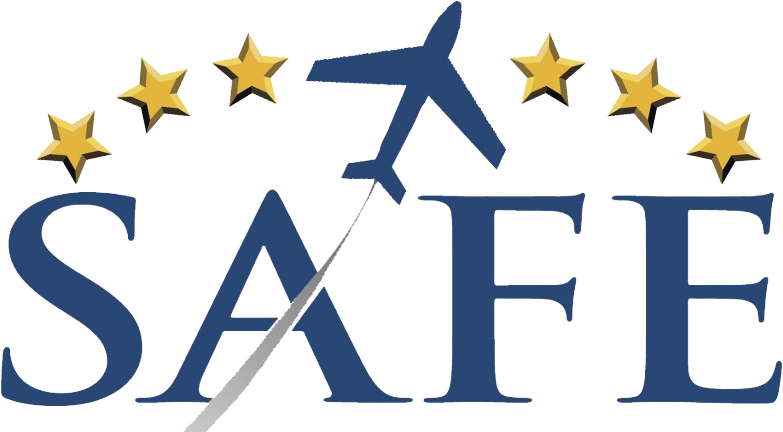The FAA has finally created new sUAS (aka “drone”) regulations and the result is greater freedom and access for aspiring unmanned aviators. The peril will be more activity in the airspace and undetectable traffic threats for larger aircraft. For this to work we all have to “play nice” in the airspace and follow the rules carefully. To understand who these new regulations affect, we need to define some basic operations.
First, a “sUAS” (drone) must weigh less than 55lbs and all these new regulations pertain only to the non-recreational (commercial) use of these aircraft. If you are flying for recreation (not being paid or reimbursed in any way) you can continue to have fun just remember to register your sUAS with the FAA. If you want to get paid for your services, these regulations pertain to your operations. The operating permit is now called a “remote pilot certificate” and there are several ways to obtain (and maintain) this privilege.

The new regulations were published here in the Federal Register on June 21st. and they will go into affect 60 days after that publication date. This is why people rushing the doors will not find the tests and applications quite yet. The new Advisory Circular is very well written and covers a lot of the details. Click here for a short headline summary.
What is very exciting for eager new pilots are the new piloting privileges. Previously you needed to be a Part 61 certificated pilot (with a medical and current flight review) to legally pilot a commercially operated sUAS. You also needed to obtain a 333 exemption, which was a long and complicated process. The new regulation still allows part 61 certificated pilots to fly sUASs by passing an on-line administered test (on FAA Safety.gov.) but the regs. also open the door for people who have never flown to earn a “remote pilot certificate”. To become an “ab initio sUAS pilot“, you must be at least 16 years of age, complete a knowledge test at an FAA Approved Testing Center and then apply for certification with an FAA Pilot Examiner (similar to applying for a student pilot certificate). There is a new Airman Certification Standard for Unmanned Aircraft Systems that provides guidance for the knowledge test. There is no “fight test” just the application for certificate with the same TSA vetting process that all pilots now undergo to get a certificate. AOPA has published a helpful guide to UAS pilot certification available here.
The flight privileges and limitations of the new CFR Part 107 (Federal Regulation) are similar to the rules currently in force. The maximum altitude (without a waiver) is now 400 feet agl. the maximum allowable speed is 87 KIAS. Operations are limited to daylight hours (and civil twilight) and line of sight operations. Flight over non-participating individuals is prohibited, so don’t be sailing around the stadium over the crowd’s heads! Remember, these sUAS can be as heavy as a full box of stationary and usually have many spinning blades like a blender! If an airport is ATC controlled you must have prior approval to operate within 5 miles of the facility but at non-towered airports there are now no proximity restrictions. sUSAs must avoid the flow of piloted planes and also yield the right-of way to other A/C.
As with all piloting regulations, these new rules only function through compliance. There are not enough inspectors to actively police these increasingly popular activities and if continuous violations occur (and especially if public safety is endangered) I am sure these privileges will be curtailed or eliminated. Already, the FAA has done at least 23 enforcement actions against drone operators. An absolutely super source for more information is lawyer (and commercial pilot) Jonathan Rupprecht’s Blog. He is very current and comprehensive on these new regulations.
SAFE CFI insurance has been updated to provide CFIs $1 million in liability, bodily injury, and property damage if they are properly certificated sUAS pilots for commercial operations. Join SAFE and receive these benefits. We also have an sUAS group forming to share their learning experiences, register here.
 Please “follow” our blog to receive notification of new articles and please write us a comment if you see a problem or want to contribute. We need more articles on aviation excellence or flight safety. There are many highly qualified SAFE members out there! If you are not yet a member, please Join SAFE and support our mission of generating aviation excellence in teaching and flying. Our amazing member benefits alone make this commitment worthwhile fun (How about $66 off your annual ForeFlight subscription?)
Please “follow” our blog to receive notification of new articles and please write us a comment if you see a problem or want to contribute. We need more articles on aviation excellence or flight safety. There are many highly qualified SAFE members out there! If you are not yet a member, please Join SAFE and support our mission of generating aviation excellence in teaching and flying. Our amazing member benefits alone make this commitment worthwhile fun (How about $66 off your annual ForeFlight subscription?)
